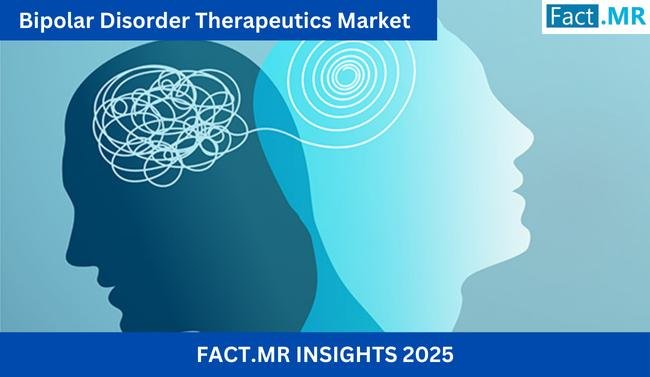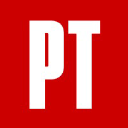The bipolar disorder therapeutics market is forecasted to grow from $7.86 billion in 2025 to $10.97 billion by 2035, reflecting an annual growth rate of 3.4%, according to a report by Fact.MR. The increase is primarily driven by the rising global prevalence of bipolar spectrum disorders, improvements in diagnostic technologies, and a growing demand for personalized mental health management solutions.
Pharmaceutical innovations are reshaping treatment approaches. While atypical antipsychotics and mood stabilizers remain the mainstays of therapy, new classes of medications, such as glutamate modulators and digital therapeutics, are gaining traction. These novel treatments focus on precision psychiatry, tailoring therapies to individual patients based on their genetic and metabolic profiles.
In terms of regional markets, the United States is projected to see a 5.9% compound annual growth rate (CAGR) during the forecast period. The increasing incidence of bipolar disorder and heightened awareness of mental well-being are key factors influencing this growth. The expansion of healthcare infrastructure and enhanced access to mental health services are also contributing to better treatment uptake.
In the UK, the bipolar disorder therapeutics market is expected to grow at a rate of 5.2%. Advancements in mental health services and public awareness campaigns are major drivers of this growth. Initiatives by the National Health Service (NHS) aim to integrate mental health services into primary care, improving early diagnosis and treatment rates.
France’s market is anticipated to expand at a 5.0% CAGR, fueled by increased mental health awareness and government efforts to improve psychiatric care. Enhanced access to mental health services within the public healthcare system is promoting earlier diagnosis and treatment commencement.
The market segmentation shows that antipsychotic drugs combined with mood stabilizers dominate, with antipsychotics holding a 35% market share, followed by mood stabilizers at 30%.
In terms of end-use, hospitals account for 50% of the market, while outpatient clinics represent 25%.
Key players in the bipolar disorder therapeutics market include multinational pharmaceutical companies that are focusing on developing advanced psychiatric medications. Johnson & Johnson continues to lead the market through its Janssen division, offering innovative formulations of atypical antipsychotics, including long-acting treatments designed to improve patient adherence.
Other notable companies include Otsuka Pharmaceutical and Lundbeck A/S, which have introduced differentiated products like brexpiprazole and long-acting aripiprazole. AbbVie, following its acquisition of Allergan, is expanding its neuropsychiatric portfolio, while companies like Eli Lilly, Pfizer, and GlaxoSmithKline face challenges from expiring patents and the arrival of generic drugs.
The report highlights the importance of ongoing research into genetic and biomarker-based therapeutic targets, which is essential for developing personalized treatment strategies. With rising investment in this area, the future of bipolar disorder therapeutics looks promising.



